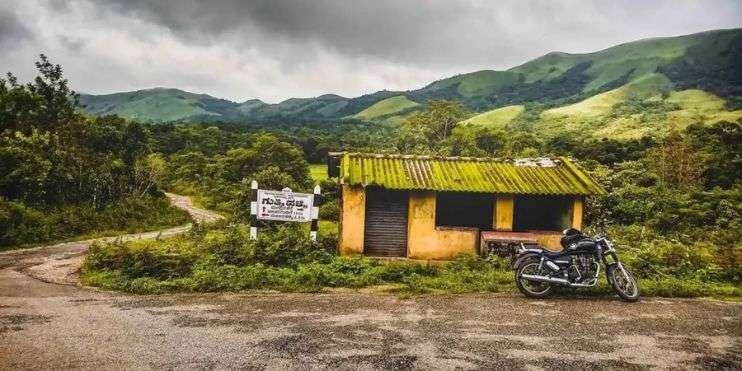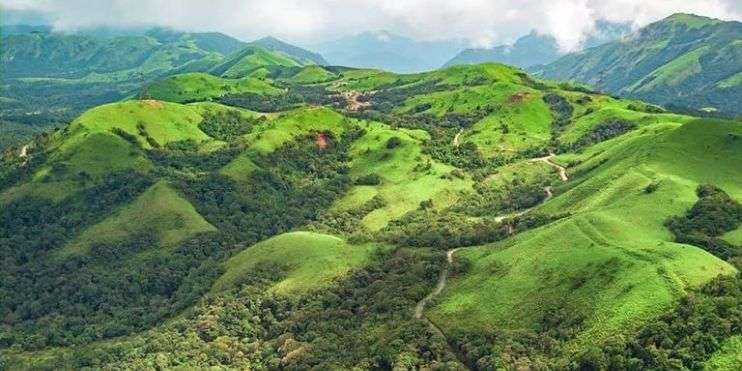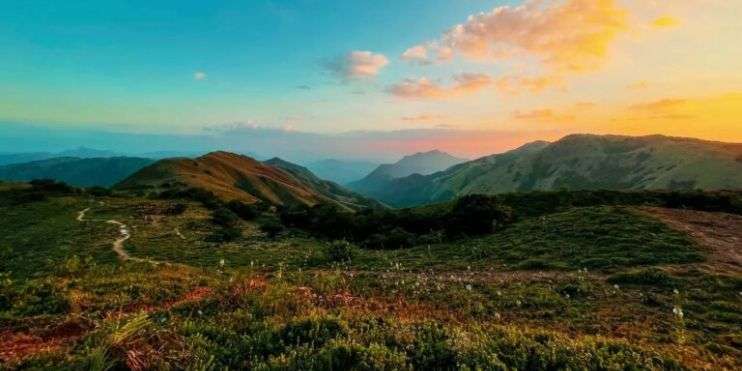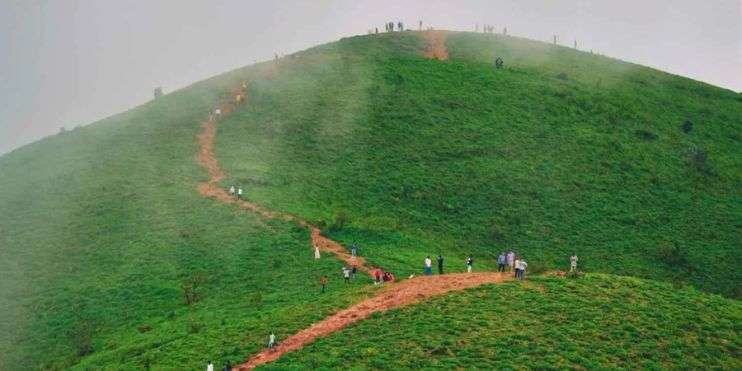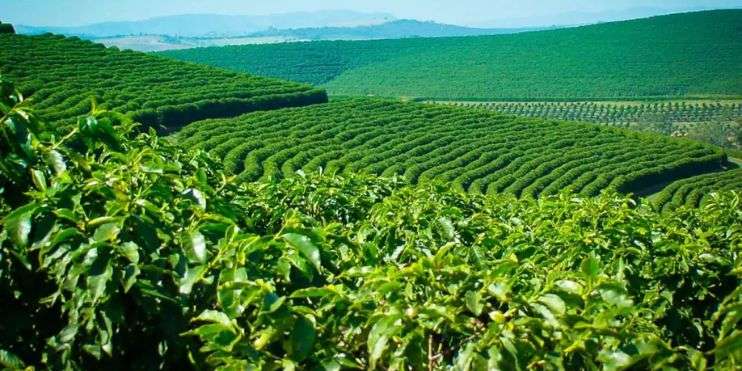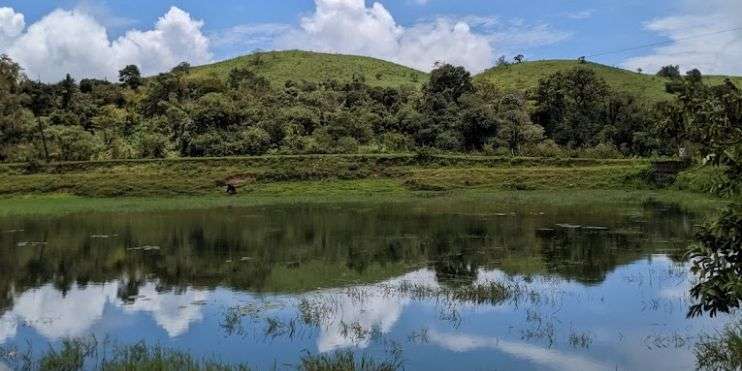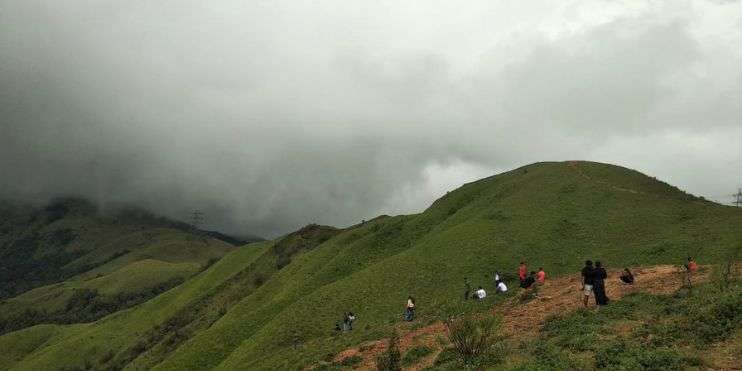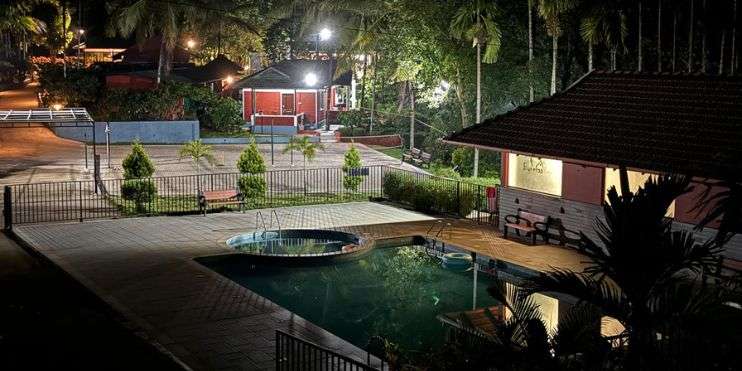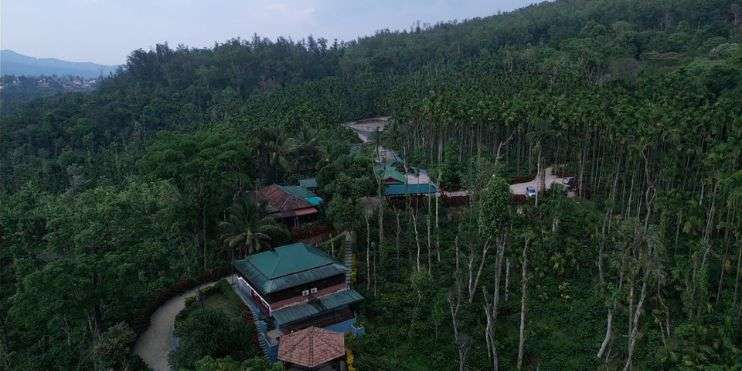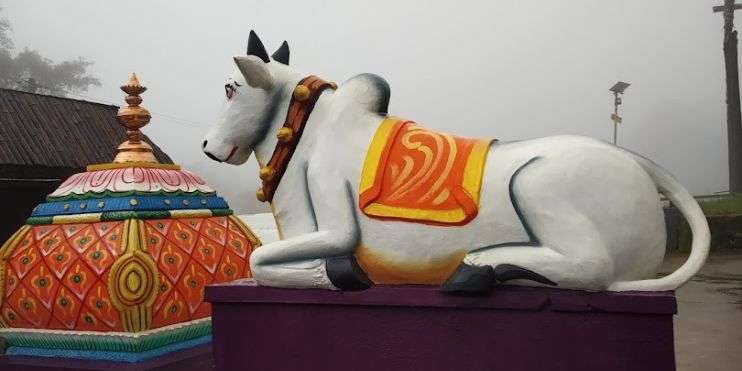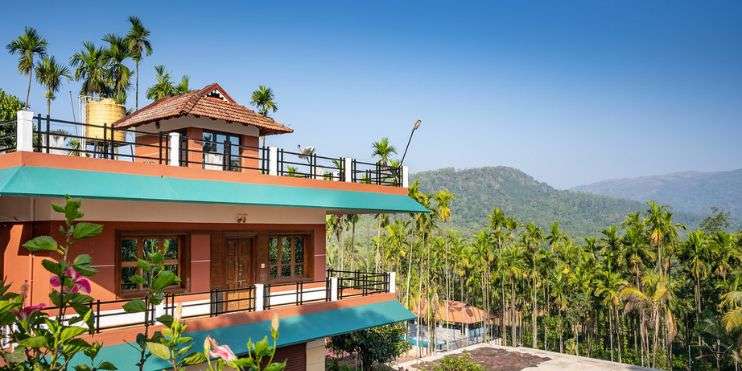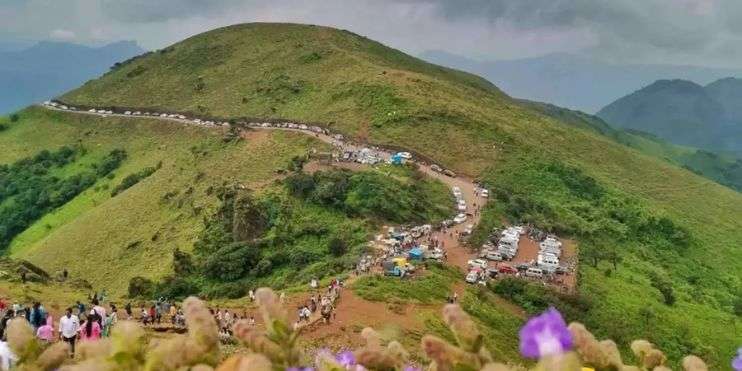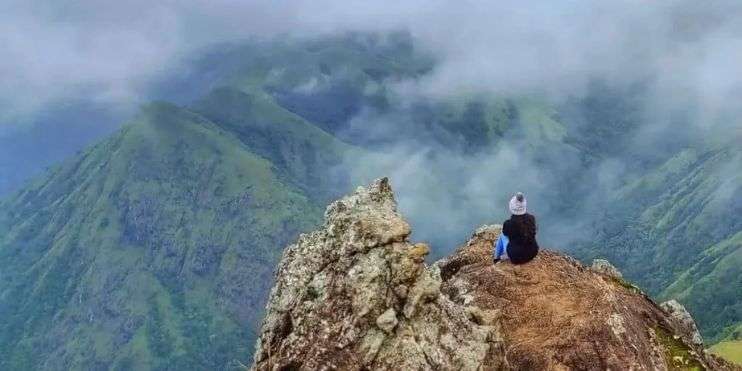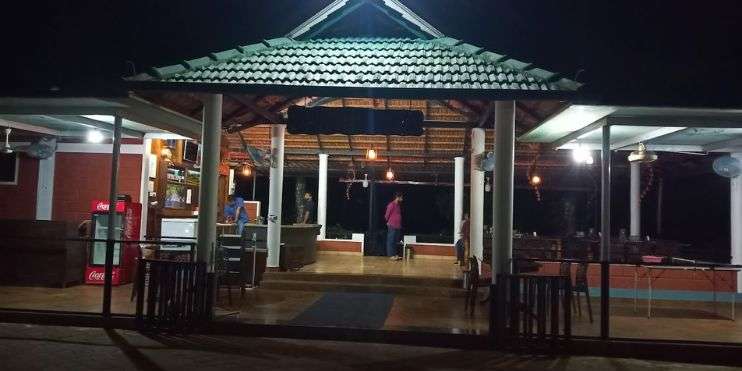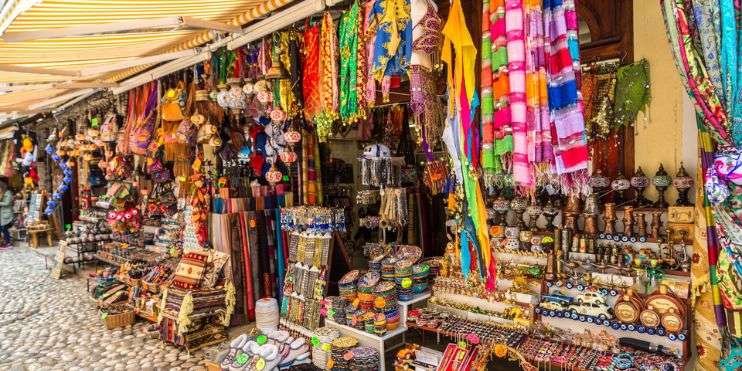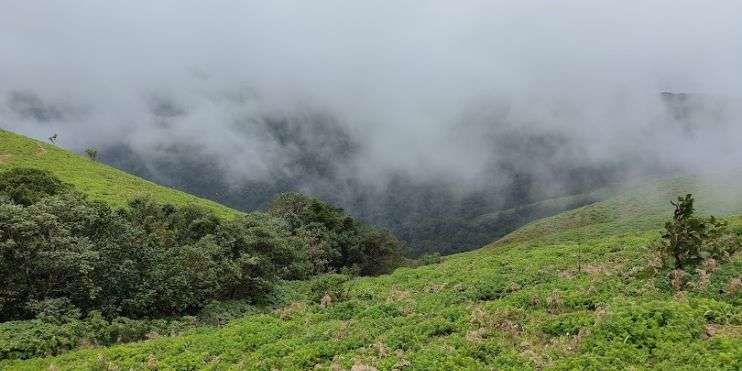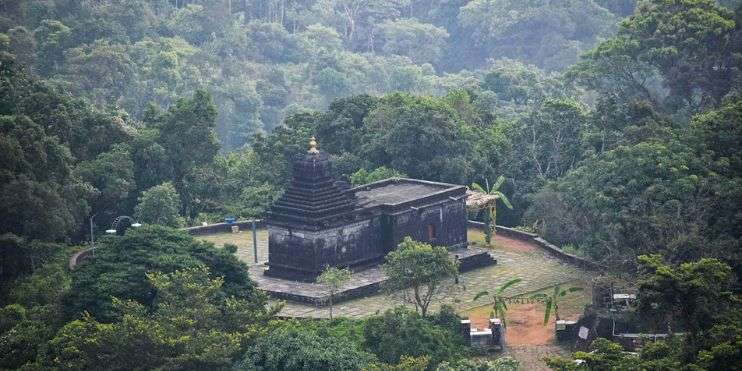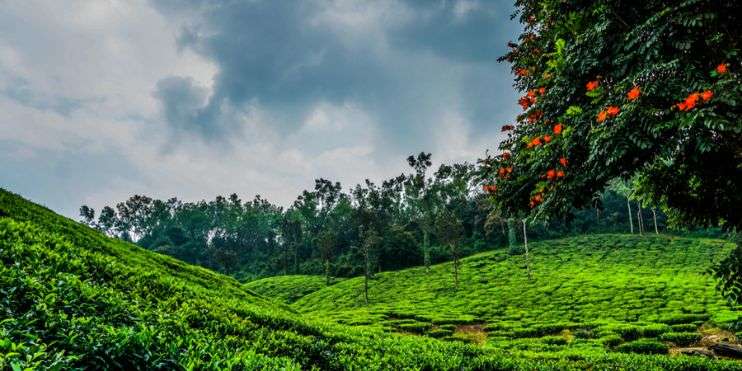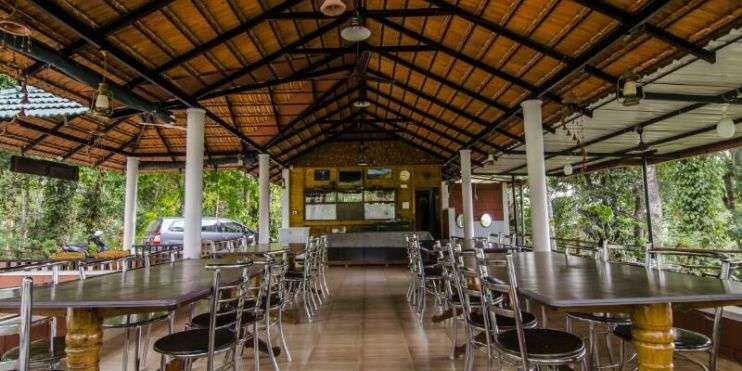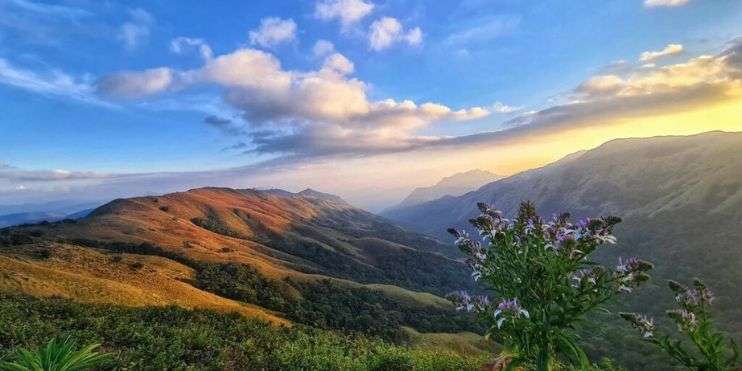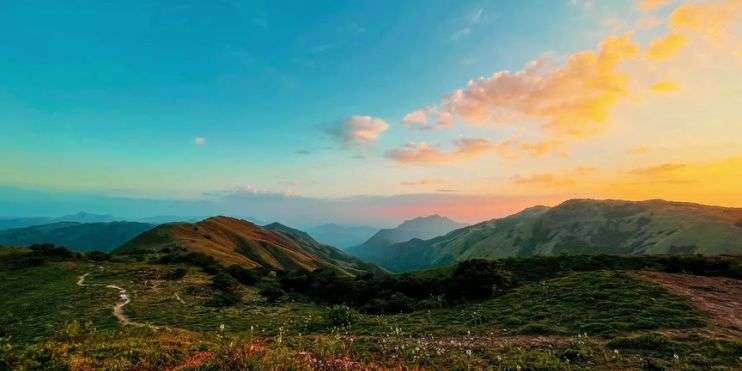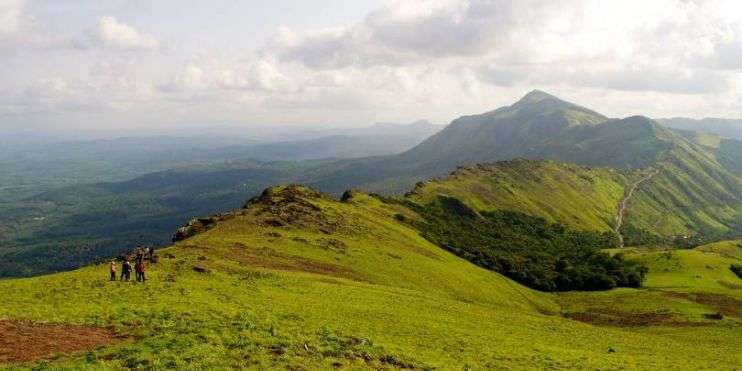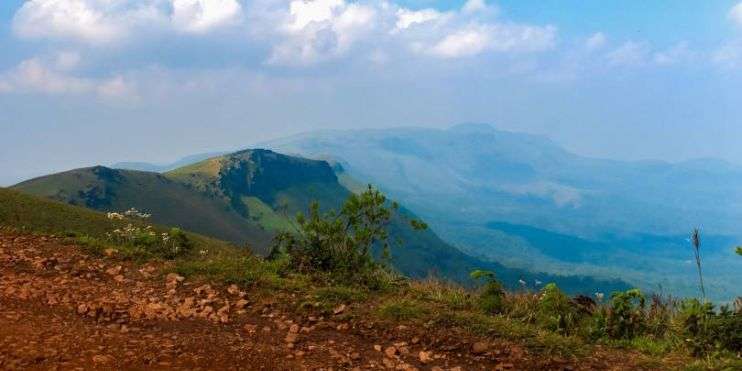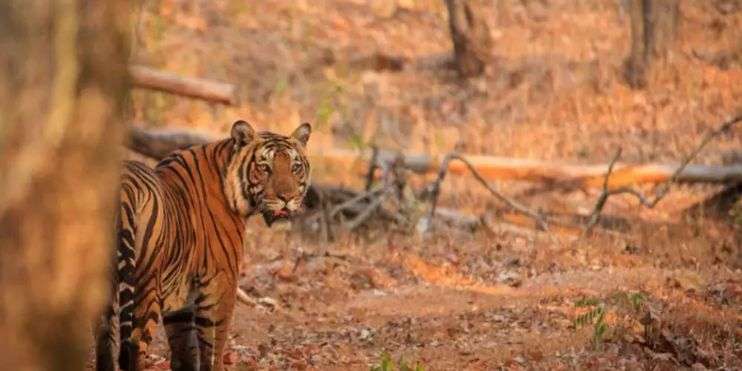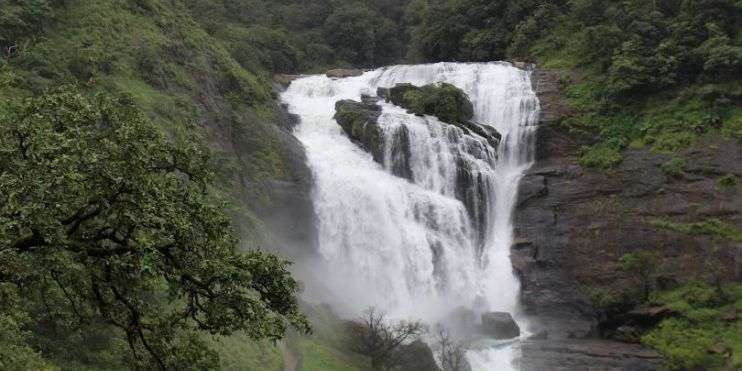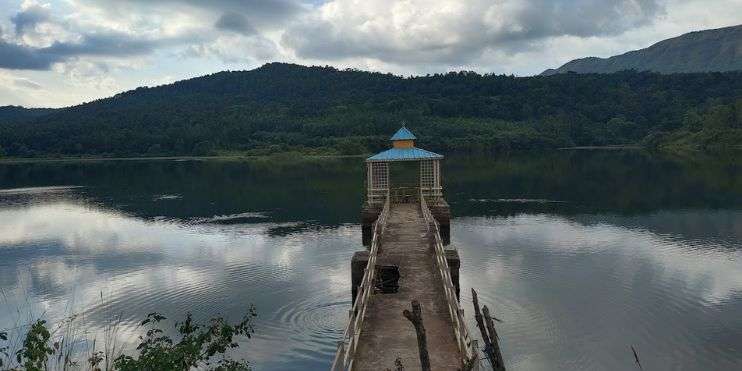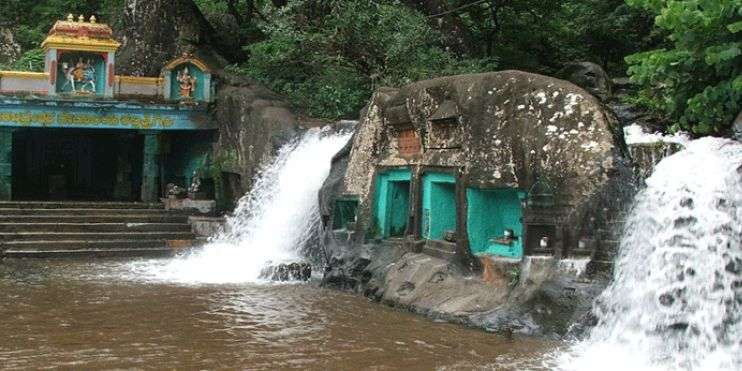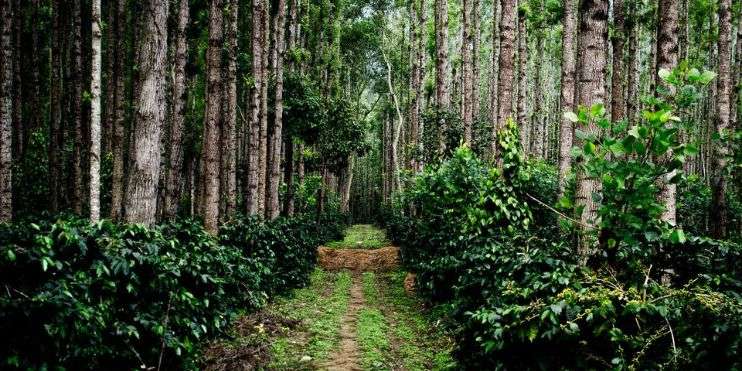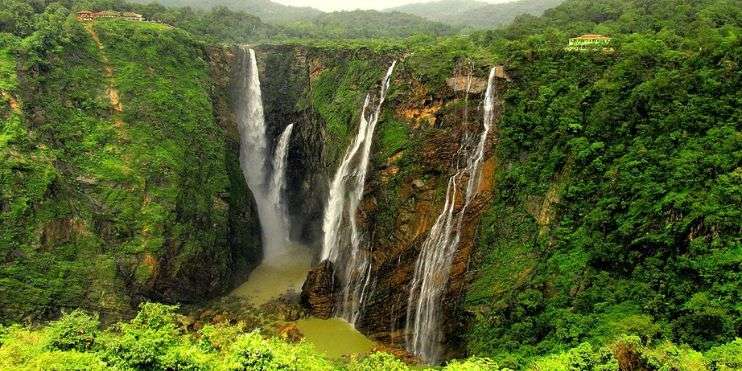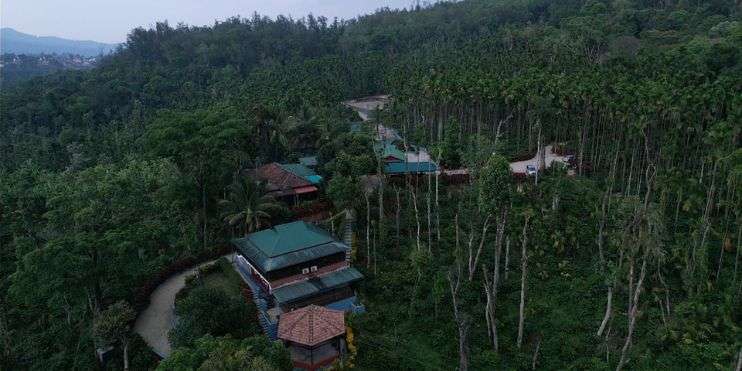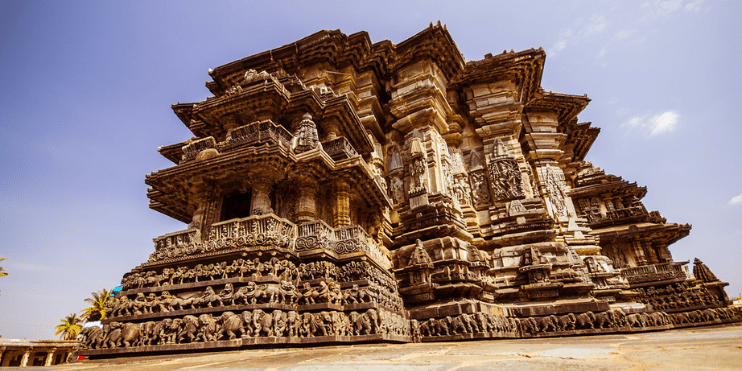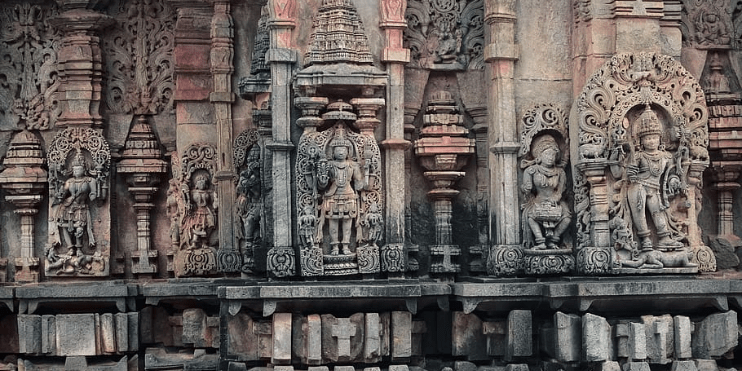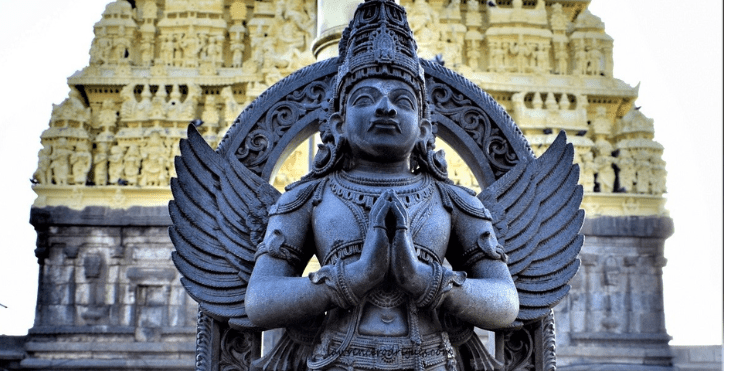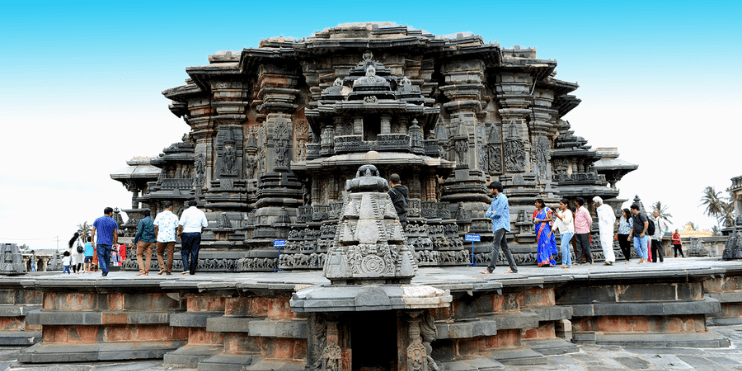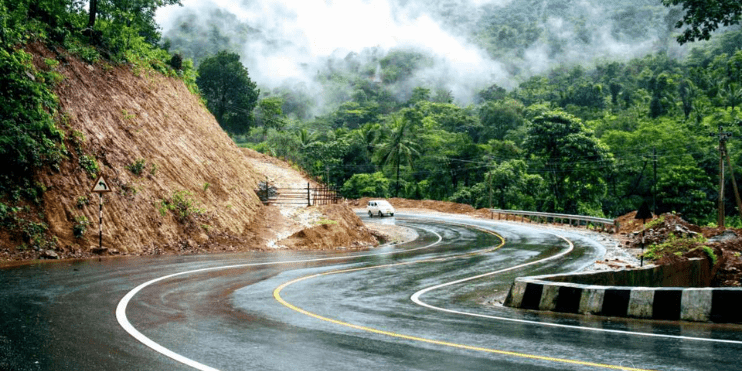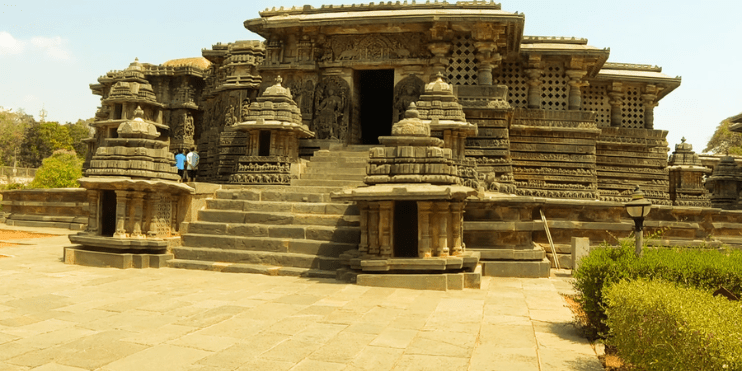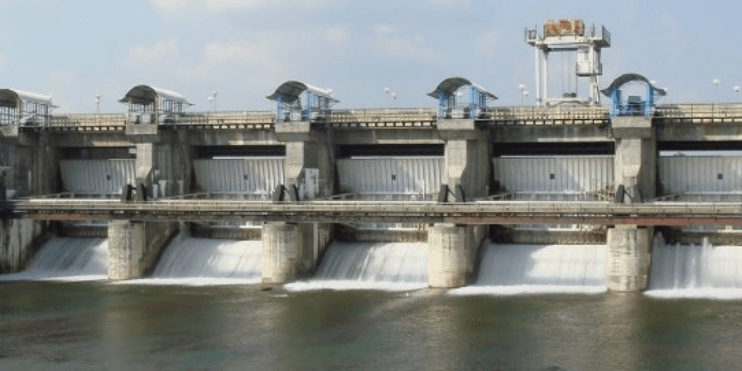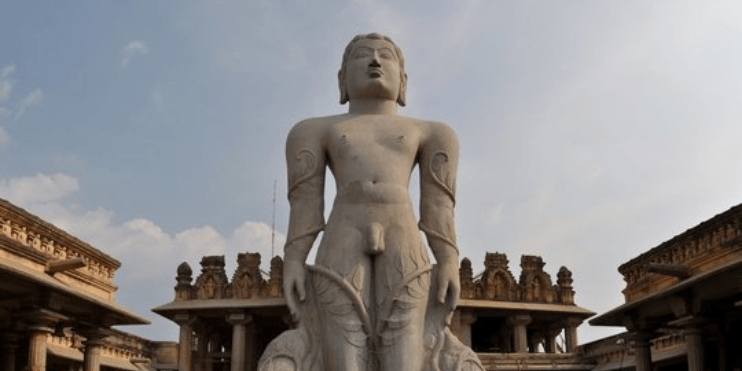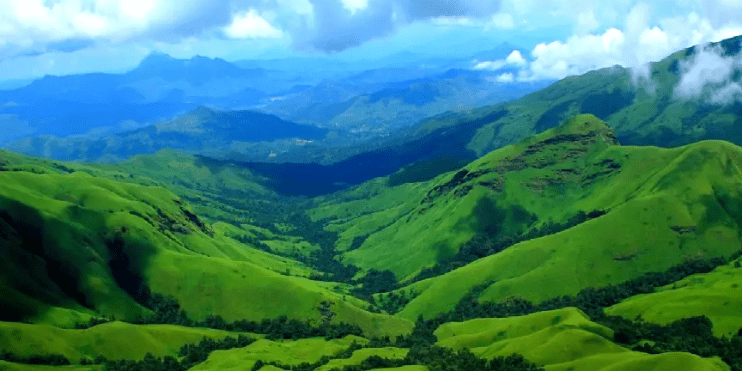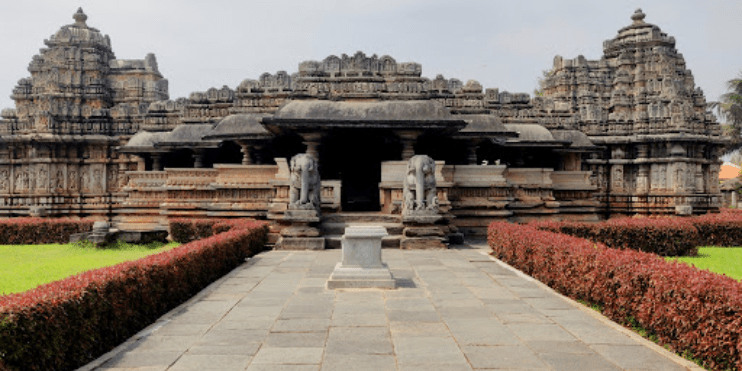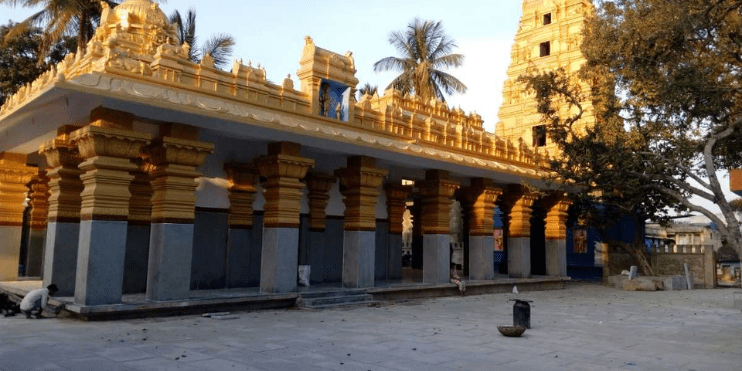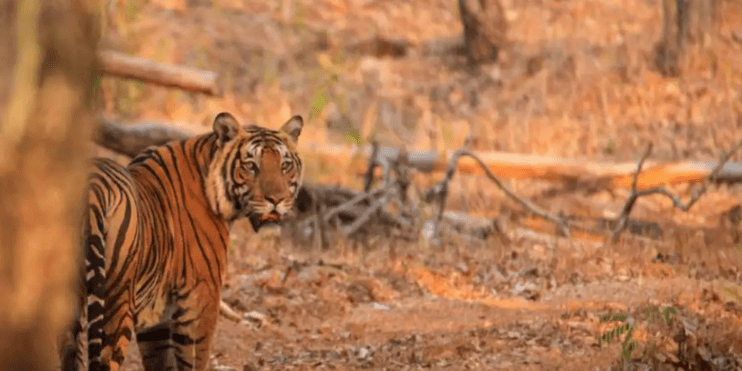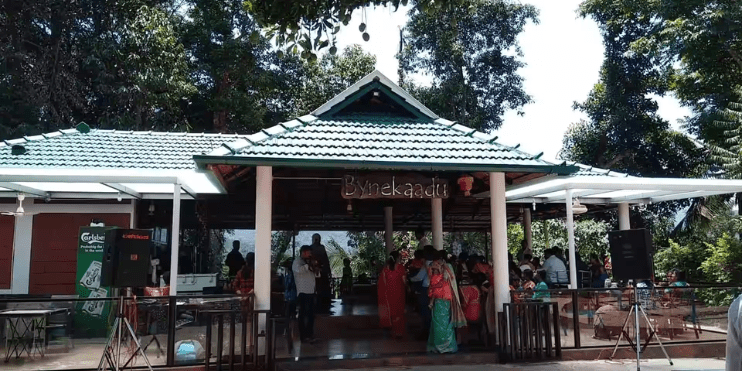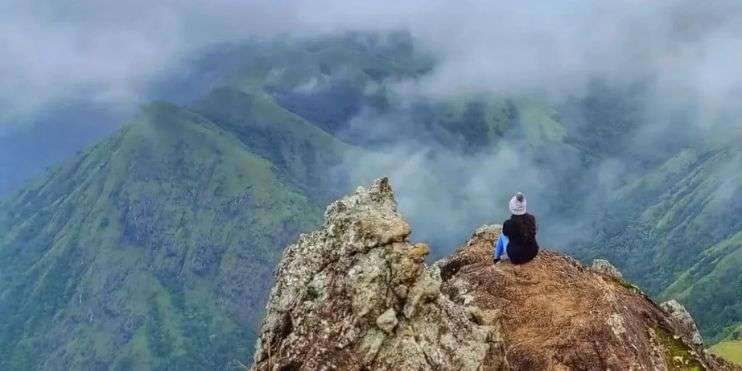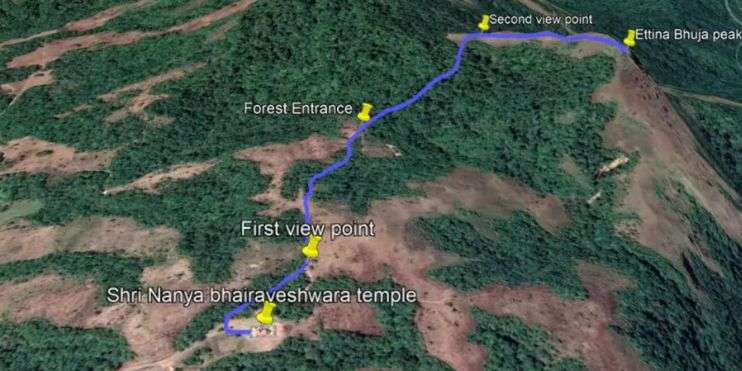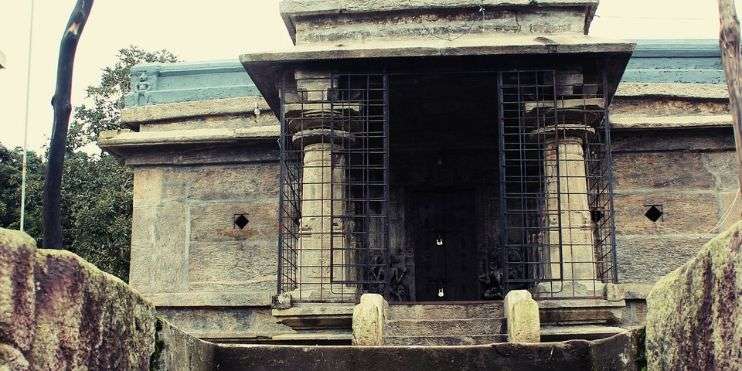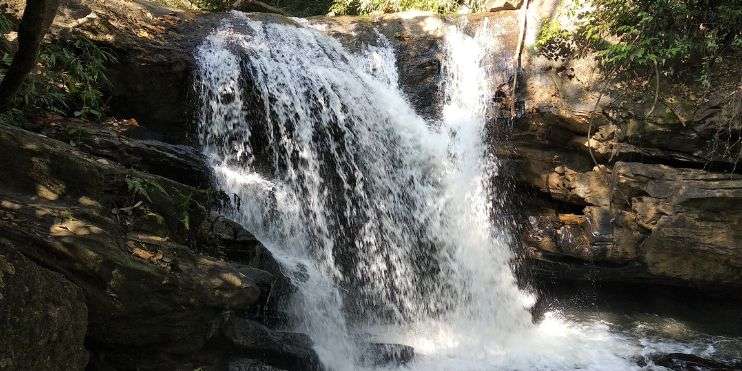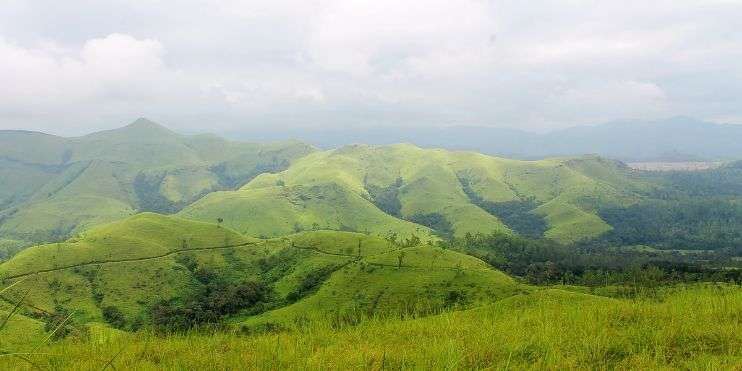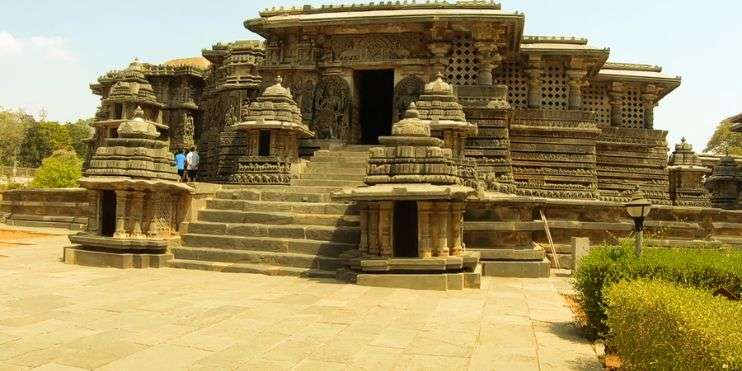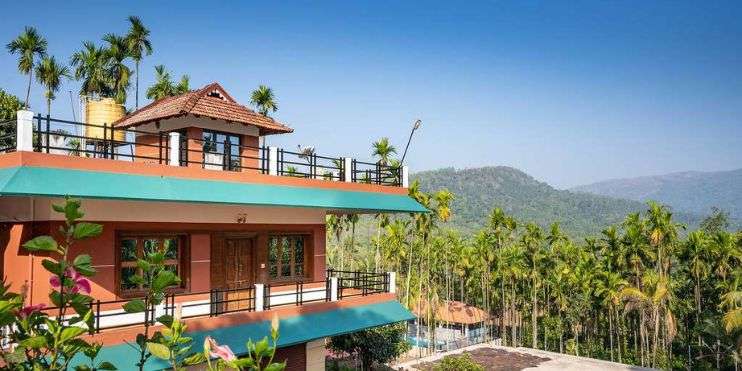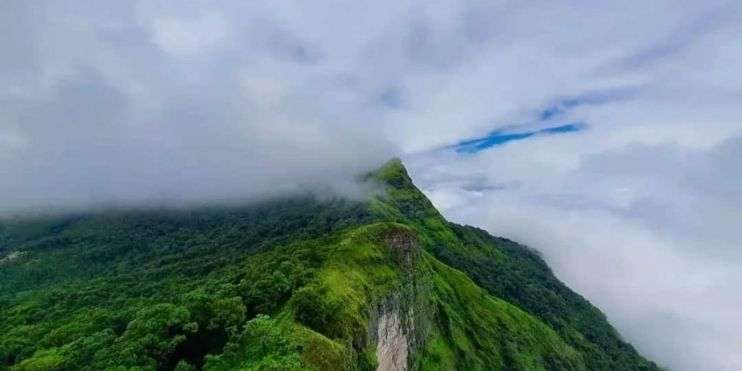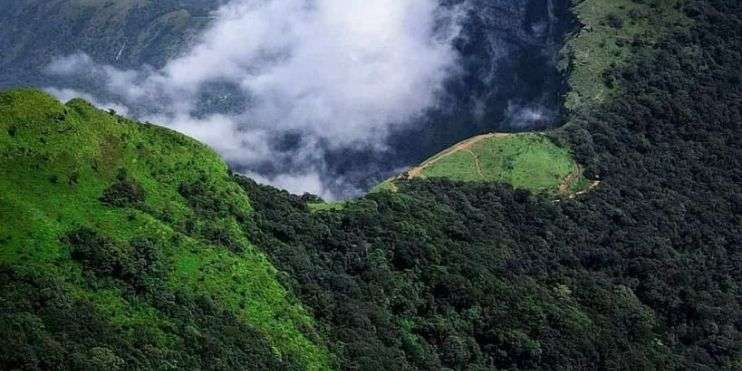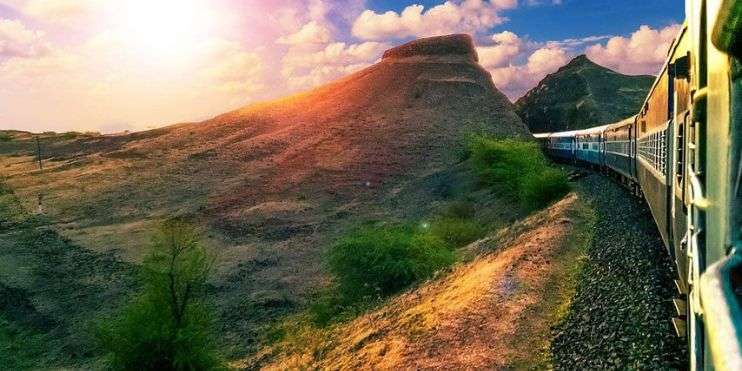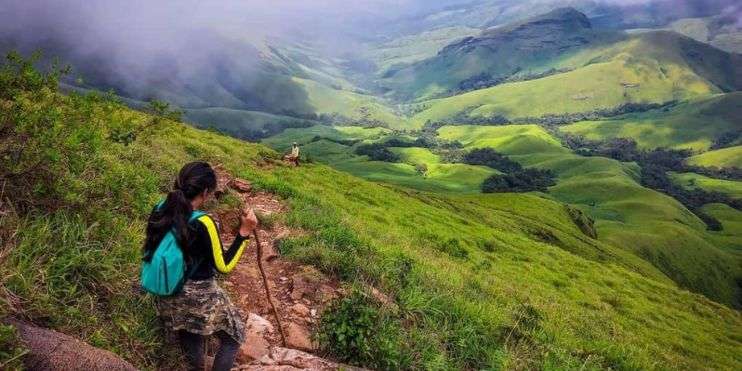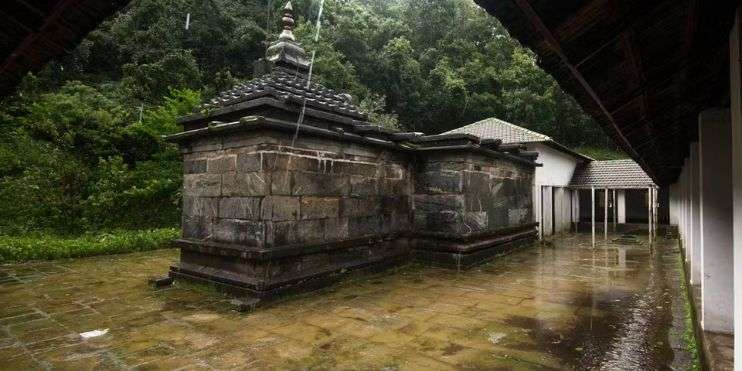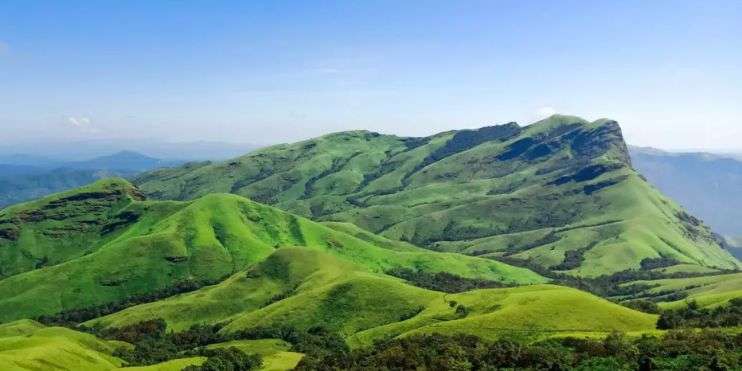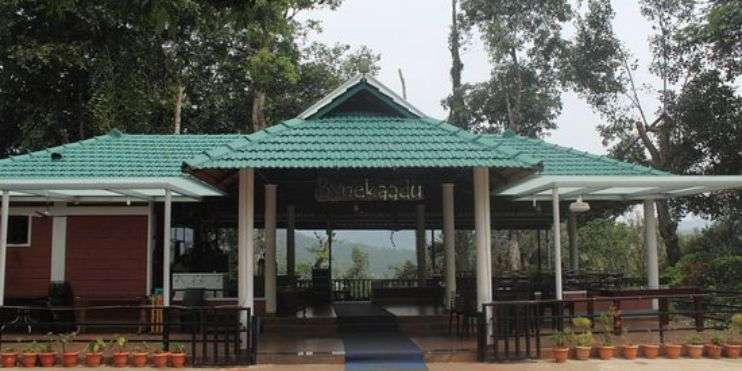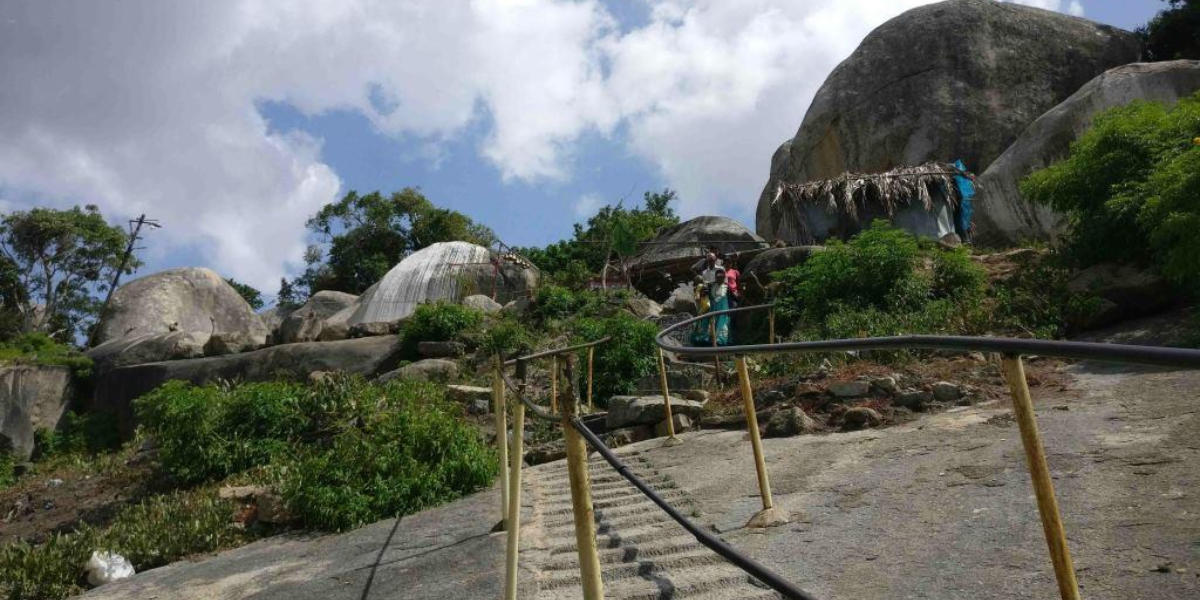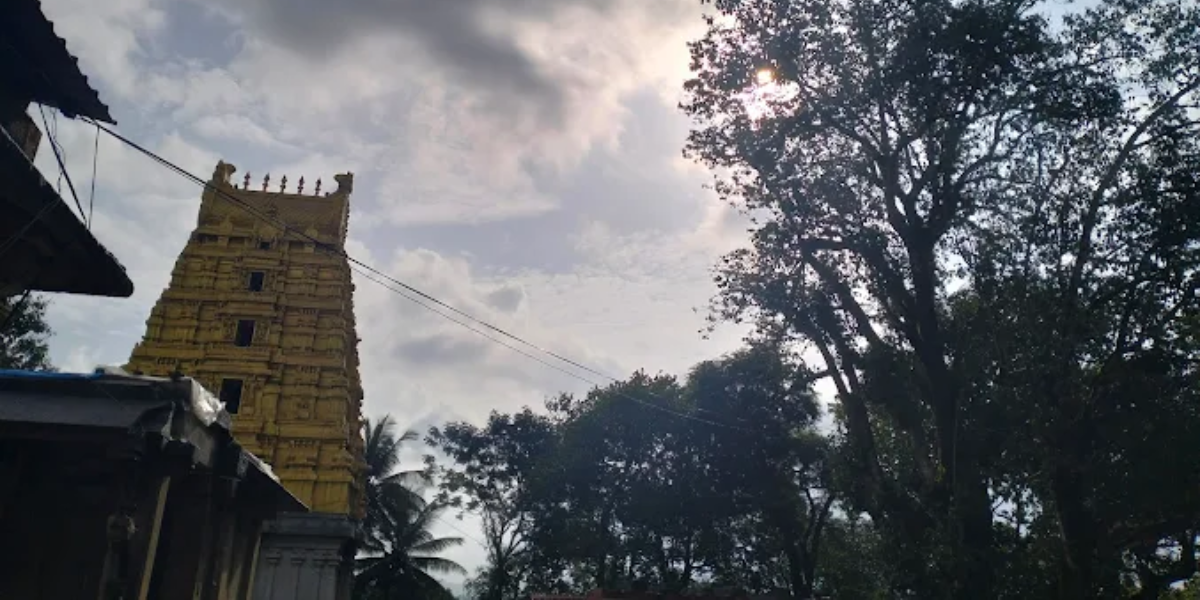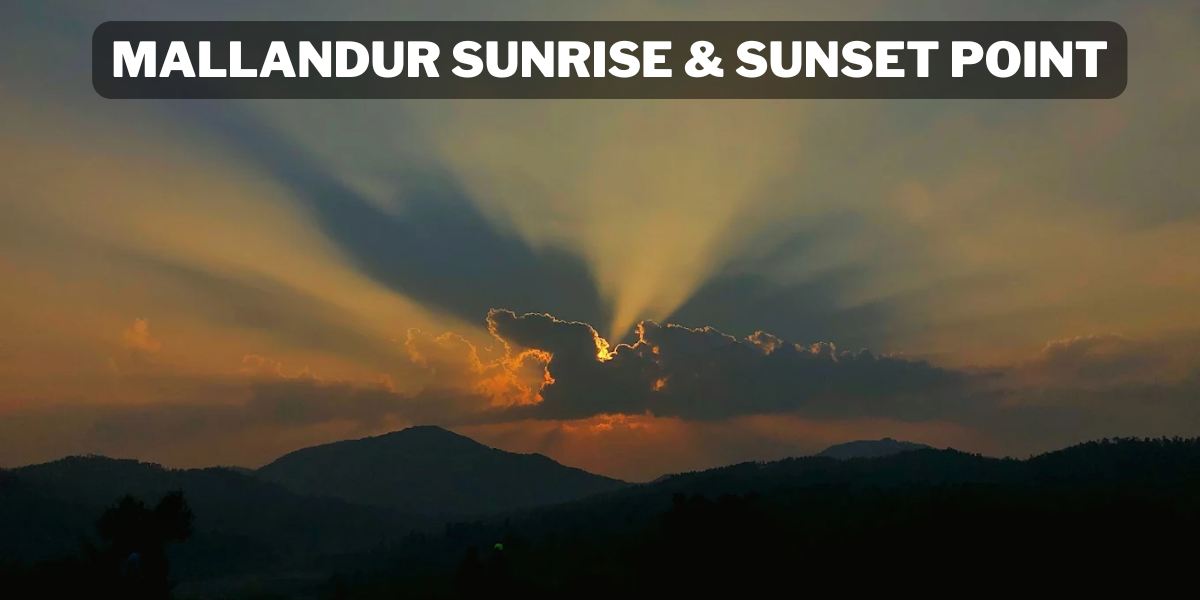Chikmagalur festivals are a significant part of the region’s charm, nestled in the Western Ghats of Karnataka. This region, known for its lush greenery, coffee plantations, and vibrant cultural heritage, offers a unique combination of natural beauty and cultural attractions in Chikmagalur. The picturesque town, with its serene landscapes and rich history, is a treasure trove of cultural attractions that come alive during its numerous festivals. These festivals not only celebrate religious and cultural traditions but also showcase the community spirit that binds the people of Chikmagalur together.
Overview of Chikmagalur’s Festivals
Chikmagalur festivals are a reflection of its deep-rooted cultural heritage. The town’s history is intertwined with various dynasties and cultures, each impacting its traditions. Festivals in Chikmagalur serve as a vital link to the past, preserving customs and fostering community bonds. Whether religious or cultural, these festivals are essential in keeping the town’s heritage alive and vibrant.
Chikmagalur has various festivals, each highlighting different aspects of the region’s culture. From grand religious ceremonies to lively cultural attractions in Chikmagalur, these festivals cater to all, offering something for everyone. The diversity of these festivals also reflects the region’s pluralistic society, where people from different backgrounds come together to celebrate their shared heritage.
Tips for Attending Festivals in Chikmagalur
Cultural Etiquette
When attending Chikmagalur festivals, disrespecting local customs and traditions is essential. Dress modestly, especially when visiting temples or participating in religious ceremonies. Always ask for permission before taking photographs of people, particularly during religious rituals. Engaging with locals respectfully will enhance your experience and leave a positive impression, making your visit to cultural attractions in Chikmagalur more meaningful.
Safety and Travel Tips
Chikmagalur festivals attract large crowds. Hence, it’s crucial to be mindful of your surroundings and to protect your possessions. Plan your transportation, as roads can be congested during significant festivals. Public transport and local taxis are reliable, but hiring a private vehicle can offer more convenience, especially if you visit multiple cultural attractions in Chikmagalur.
Tip: Arriving early at festival sites can help you avoid crowds and get a better view of the events.
Annual Festivals in Chikmagalur
Hosaadi Festival
The Hosaadi Festival marks the beginning of the harvest season in Chikmagalur. Celebrated in January, this festival is a vibrant display of gratitude to nature. Various villages in Chikmagalur come alive with traditional rituals, cultural dances, and the preparation of unique harvest dishes. The community participates in these festivities, a joyful reminder of the region’s agricultural roots.
Note: When the celebrations peak, visit Chikmagalur in early January to experience the Hosaadi Festival’s full glory.
Putting Utsava
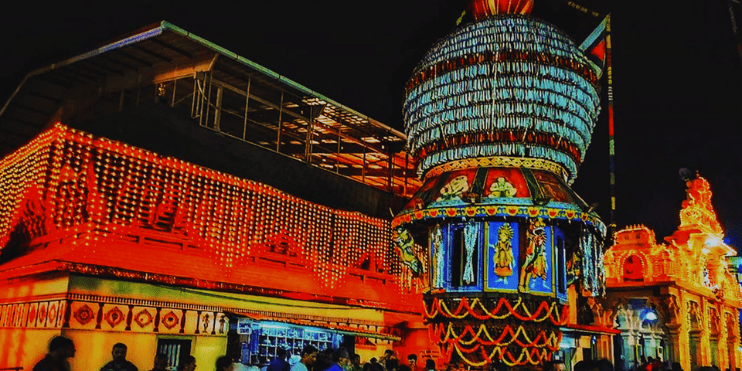
Puttige Utsava is primarily associated with the Paryaya Utsava in Udupi, Karnataka. Held in February, Puttige Utsava is a vibrant festival dedicated to local deities. The Village becomes a hub of activity, with colorful processions winding through the streets, accompanied by traditional music and dance. The festival is a spectacular showcase of local customs, offering visitors a unique opportunity to witness Chikmagalur’s religious fervor and cultural attractions.
Tip: Mid-February is the best time to visit Puttige Village and experience the full vibrancy of Puttige Utsava.
Kambadahalli Festival
The Kambadahalli Festival, celebrated in March, is known for its deep religious and cultural significance in Chikmagalur. This festival is centered around the ancient rituals and traditions of the Kambadahalli Village. Visitors can expect to witness elaborate religious ceremonies and various cultural events that highlight the unique traditions of the area. It’s a festival that profoundly resonates with the spiritual heritage of Chikmagalur.
Late March is an ideal time to visit Kambadahalli and participate in this spiritually enriching festival.
Festivals by Season
Summer Festivals
The Kadur Car Festival, held in April, is one of the highlights of Chikmagalur’s summer season. This festival features a grand procession where a beautifully decorated car (chariot) is pulled through the streets, accompanied by local music and dance. The festival is a religious event and a significant cultural attraction in Chikmagalur, drawing visitors from all over the region.
Note: If planning a summer trip to Chikmagalur, take advantage of the Kadur Car Festival for an authentic cultural experience.
Monsoon Festivals
Monsoon brings a different kind of beauty to Chikmagalur, and the Kedige Habba, celebrated in June and July, is a testament to this. The festival is known for its stunning flower displays, cultural performances, and traditional food stalls. It’s a time when the natural beauty of the region is at its peak, and the festivals add a touch of color and vibrancy to the misty landscapes.
Tip: The monsoon season is perfect for those who enjoy nature in its raw form, with the added charm of local festivals like Kedige Habba.
Winter Festivals
Karthika Deepotsava, celebrated in November, is a festival of lights that illuminates the entire Chikmagalur. The festival is marked by the lighting of oil lamps in homes, temples, and public spaces, accompanied by cultural programs and traditional music and dance. This festival is one of the most visually stunning events in the Chikmagalur calendar, offering visitors a warm and inviting atmosphere.
Winter in Chikmagalur is not just about the cool weather; it’s also a time to experience the warmth of its festive traditions.
Major Festivals in Chikmagalur
Rathotsava
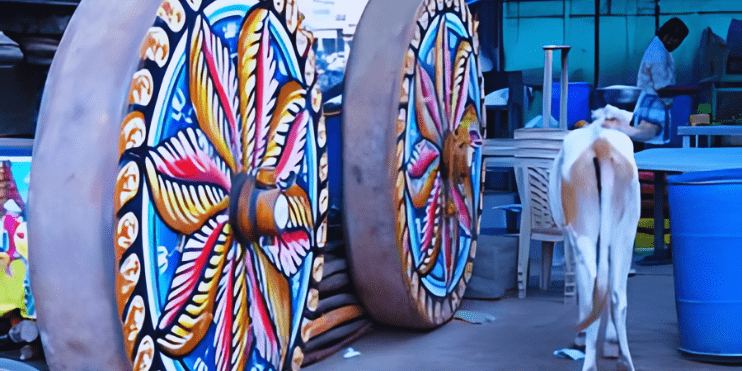
Rathotsava is one of the grandest festivals in Chikmagalur, celebrated with much enthusiasm and devotion. This festival features a massive chariot (ratha) procession, where the idol of the deity is paraded through the streets. The procession is accompanied by traditional music, dance, and various cultural activities, making it a vibrant and lively event. The festival holds immense religious significance and is a significant attraction for locals and visitors.
Note: Rathotsava is a must-see event for those interested in experiencing the religious fervor and cultural richness of Chikmagalur.
Sri Krishna Janmashtami
Sri Krishna Janmashtami, celebrating the birth of Lord Krishna, is observed with great devotion in Chikmagalur. The festival includes traditional activities such as singing devotional songs, performing dances, and enacting scenes from Lord Krishna’s life. Temples are beautifully decorated, and the celebrations continue throughout the night. This festival offers a unique glimpse into Chikmagalur’s local religious practices and cultural attractions.
Tip: Visiting Chikmagalur during Janmashtami allows you to witness firsthand the region’s deep-rooted spiritual traditions.
Mahashivaratri
Mahashivaratri is another significant religious festival in Chikmagalur, dedicated to Lord Shiva. The festival is celebrated with fasting, prayers, and night-long vigils at temples. Devotees from all over the region gather at key temples to offer their prayers and participate in the various rituals. The festival is a profound spiritual experience, reflecting the solid religious traditions and cultural attractions in Chikmagalur.
Mahashivaratri is a significant event in Chikmagalur, offering an opportunity to experience the town’s spiritual side.
Unique Cultural Attractions
Hoysala Mahotsava
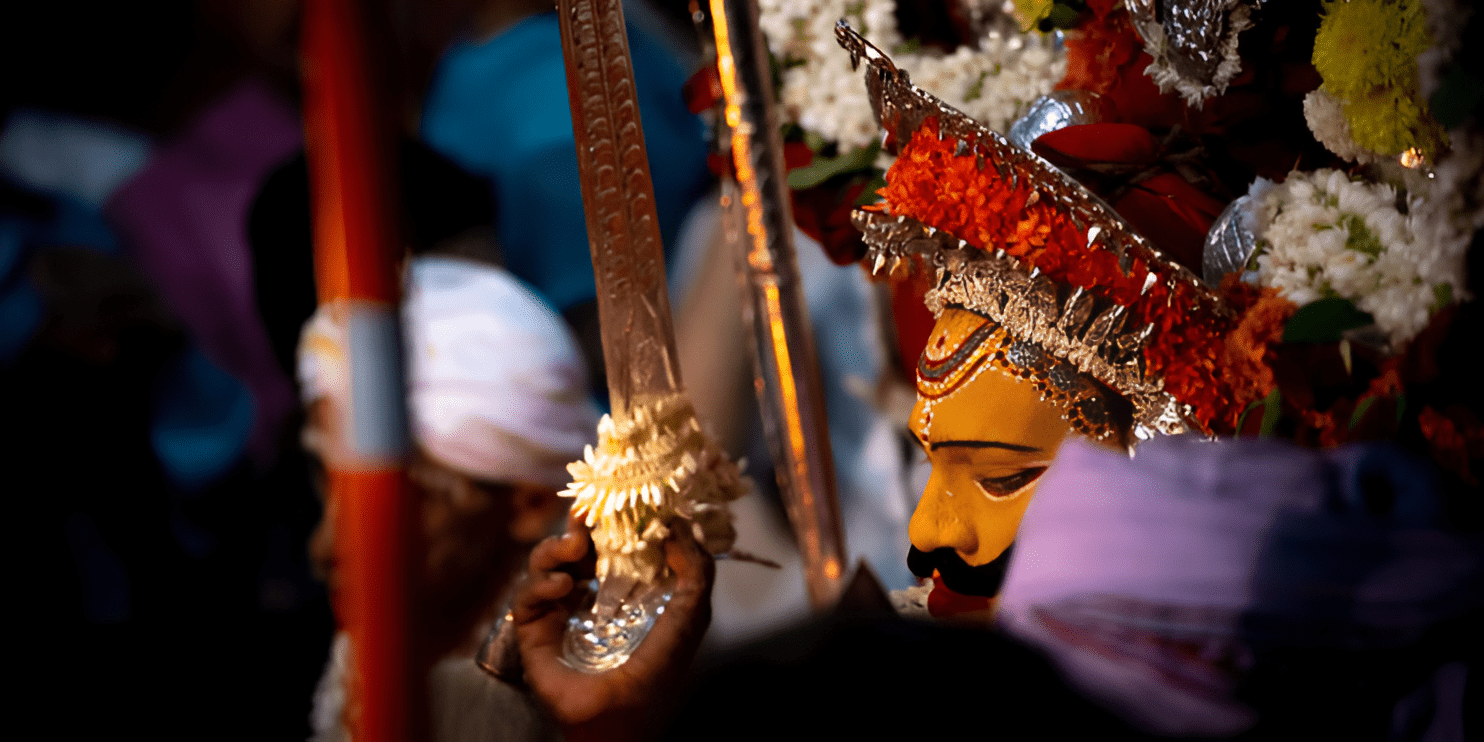
The Hoysala Mahotsava is a cultural festival celebrating the region’s rich history and architectural heritage. Named after the Hoysala dynasty, which ruled over this area, the festival includes classical dance performances, music concerts, and art exhibitions. It’s a cultural extravaganza highlighting Chikmagalur festivals’ artistic and historical significance.
Note: The Hoysala Mahotsava is an excellent opportunity to immerse yourself in the art and culture of Chikmagalur.
Chikmagalur Coffee Festival
Chikmagalur is famous for its coffee, and the Chikmagalur Coffee Festival celebrates this legacy. The festival includes coffee tastings, plantation tours, and workshops on coffee brewing. It’s a delightful experience for coffee lovers and a great way to learn about the region’s coffee culture and cultural attractions in Chikmagalur.
Tip: If you’re a coffee enthusiast, the Chikmagalur Coffee Festival is the perfect event to indulge your passion.
Additional Notable Festivals
Kailash Fair
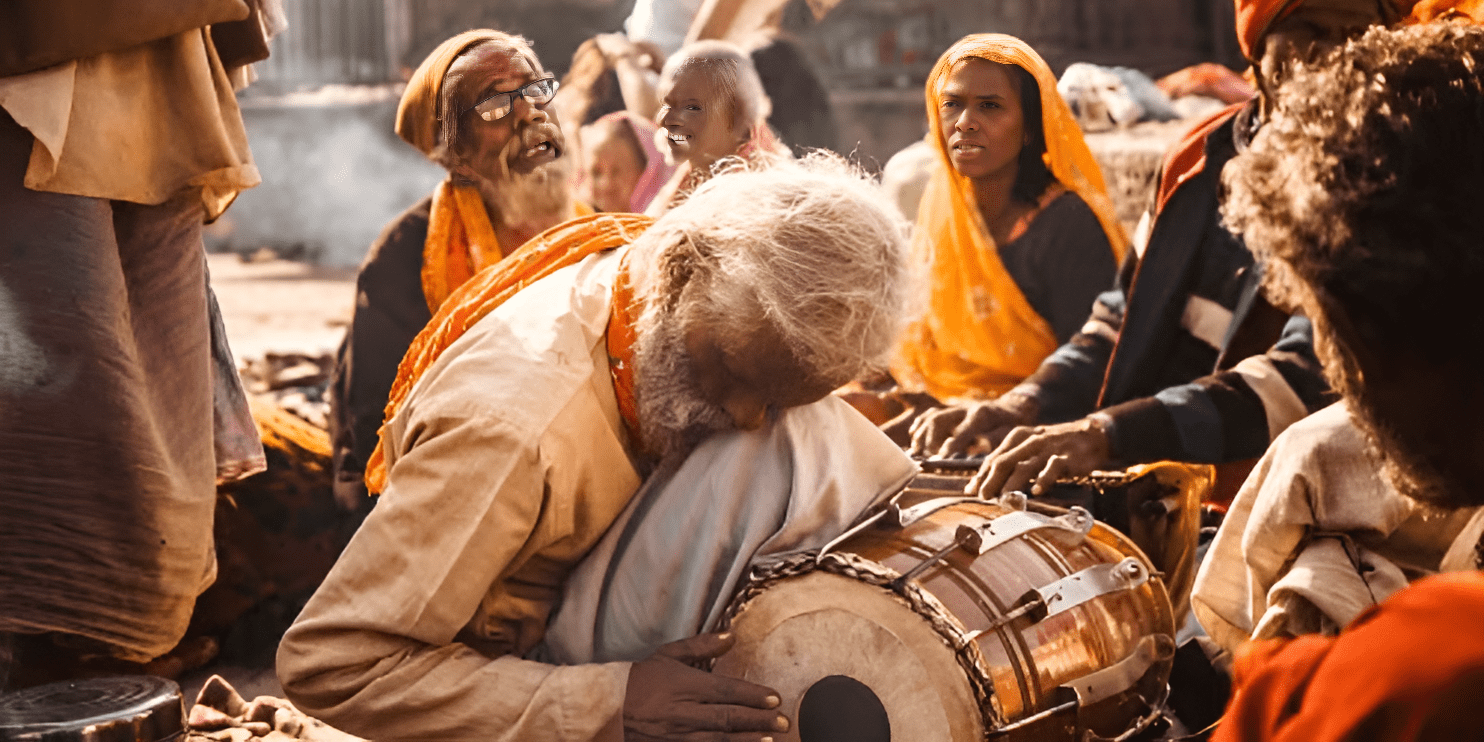
The Kailash Fair, held in August near Chikmagalur, is a traditional fair with deep cultural and religious significance. The fair features various cultural programs, local crafts, and food stalls, offering a comprehensive experience of the region’s traditions. The event attracts people from neighboring villages, creating a vibrant and festive atmosphere.
The Kailash Fair is a great way to experience the local culture and interact with the friendly people of Chikmagalur.
Mahamastakabhisheka
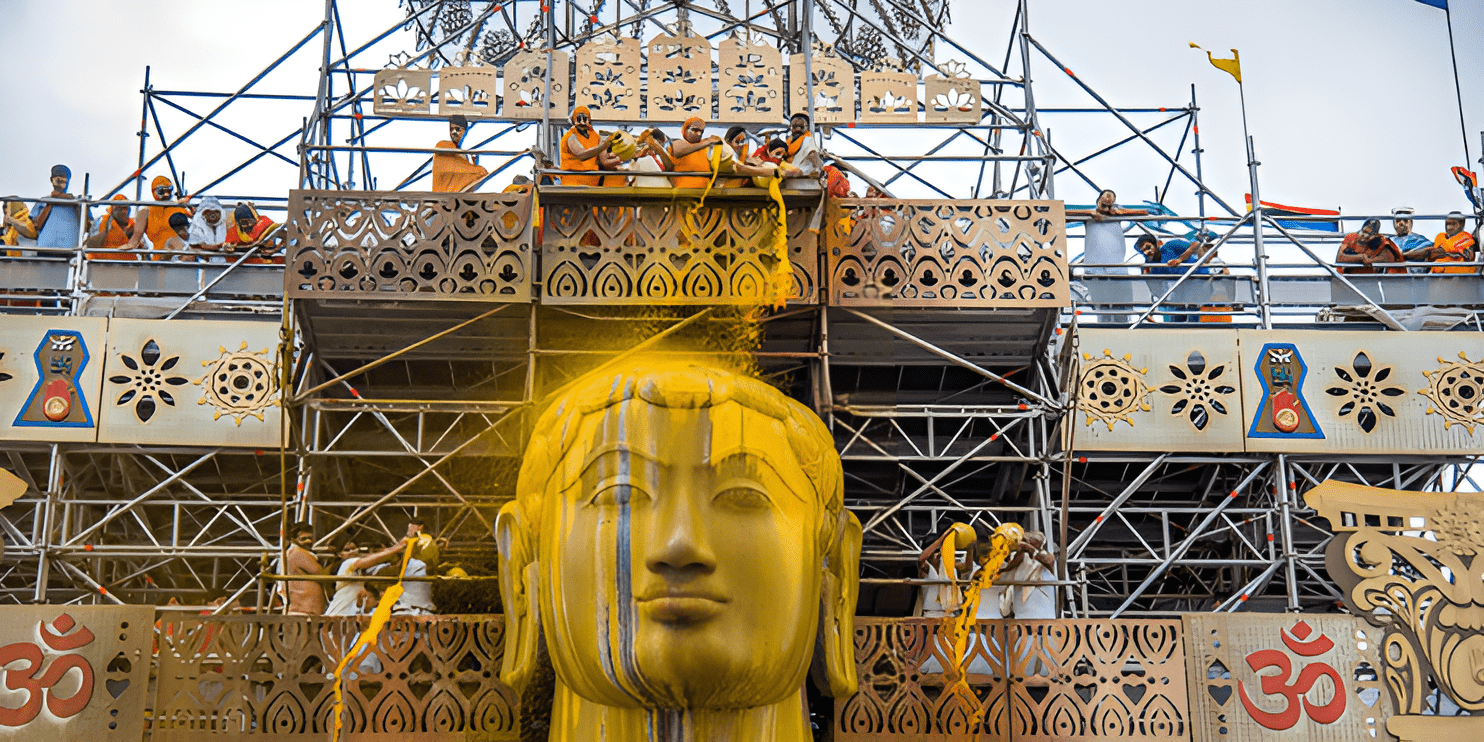
Mahamastakabhisheka is a significant Jain festival held once every 12 years at Shravanabelagola, near Chikmagalur. This grand event involves the anointing of the statue of Lord Bahubali with various offerings, including milk, saffron, and gold coins. It’s a spectacular event that draws pilgrims and tourists from all over the world.
Note: The next Mahamastakabhisheka is in 2030, so plan if you want to witness this once-in-a-lifetime event.
Kambala Festival

The Kambala Festival is a traditional buffalo race in rural areas around Chikmagalur. The festival takes place between November and March and is known for its thrilling races, where buffaloes race through muddy tracks. It’s a unique cultural event showcasing Karnataka’s rural traditions and is a highlight of Chikmagalur festivals.
Tip: The Kambala Festival is a must-see for those interested in experiencing the rustic charm and vibrant traditions of Chikmagalur.
Pattadakal Dance Festival
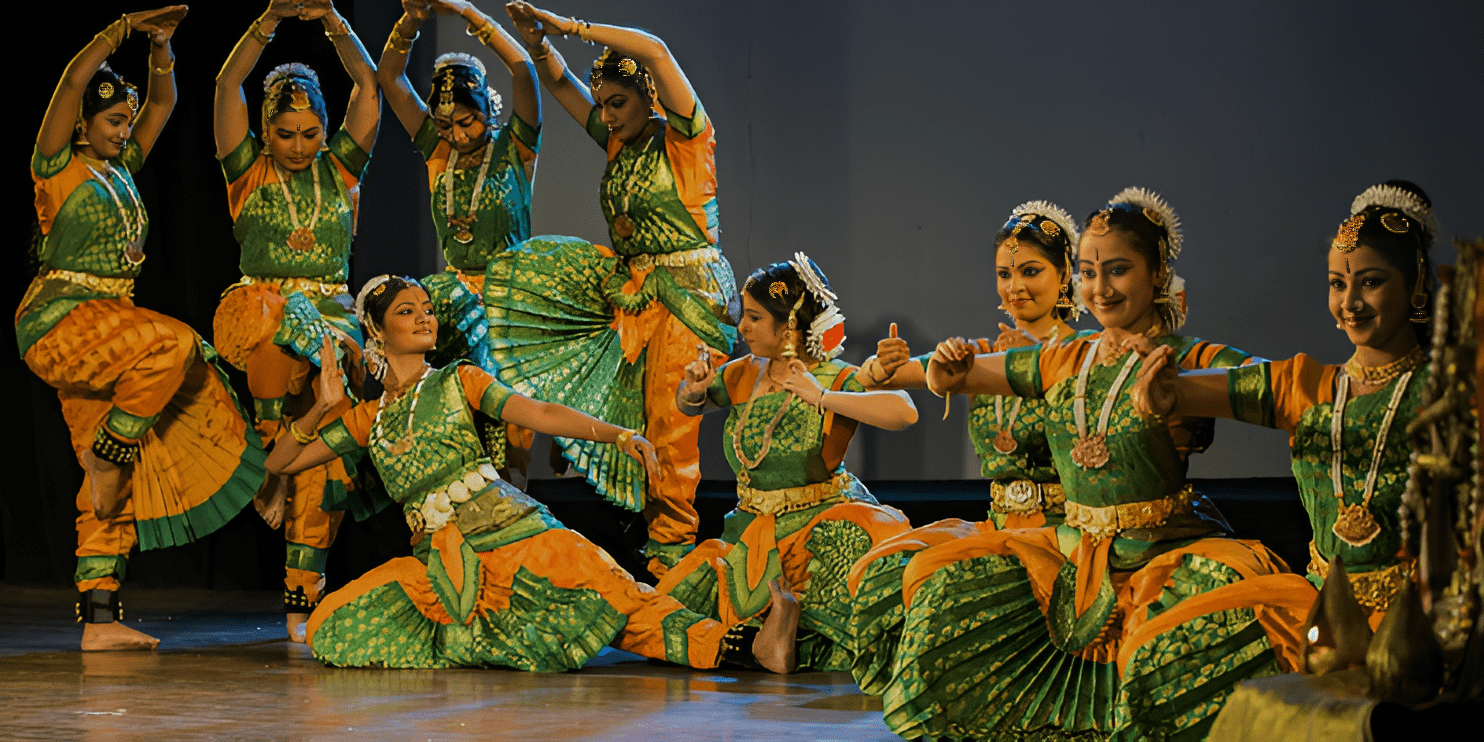
The Pattadakal Dance Festival, which is celebrated in January near Chikmagalur, is a celebration of classical dance forms. Famed classical dancers from all across India perform at the festival, which takes place at the Pattadakal UNESCO World Heritage site. It’s a cultural event that offers a deep dive into the traditional dance heritage of the region and cultural attractions in Chikmagalur.
Attending the Pattadakal Dance Festival is a fantastic way to appreciate the classical arts in a historic setting.
Festivals Celebrated with Natural Splendor
Nature and Wildlife Festivals
Chikmagalur’s natural beauty is complemented by festivals celebrating the region’s wildlife and conservation efforts. The Festival of the Wild, held in Bandipur, is one such event that focuses on the importance of wildlife conservation. The festival includes nature walks, wildlife photography competitions, and conservationist talks, making it an educational and enjoyable experience.
Note: If you’re a nature lover, the Festival of the Wild is perfect for combining your love for wildlife with cultural festivities.
Harvest Festivals
Harvest festivals like Makara Sankranti and Pongal are celebrated enthusiastically in Chikmagalur. These festivals mark the beginning of the harvest season. They are observed with traditional customs like flying kites, preparing unique dishes, and performing rituals to thank the gods for a bountiful harvest. The celebrations blend culture and agriculture, reflecting the close connection between the people and the land in Chikmagalur.
Tip: Visiting Chikmagalur during harvest festivals provides a unique opportunity to participate in local customs and enjoy traditional foods.
Planning Your Visit
Best Times to Visit
The best time to visit Chikmagalur depends on the festivals you wish to experience. While January to March offers a chance to witness the Hosaadi Festival, Puttige Utsava, and Kambadahalli Festival, April is ideal for the Kadur Car Festival. The monsoon season is perfect for nature lovers who want to enjoy the Kedige Habba amidst the region’s lush greenery from June to July. November is an excellent time for those interested in the Karthika Deepotsava.
Plan your trip according to the festival calendar to make the most of your visit to Chikmagalur.
Where to Stay: Bynekaadu – Experience Festivals with Nature’s Embrace
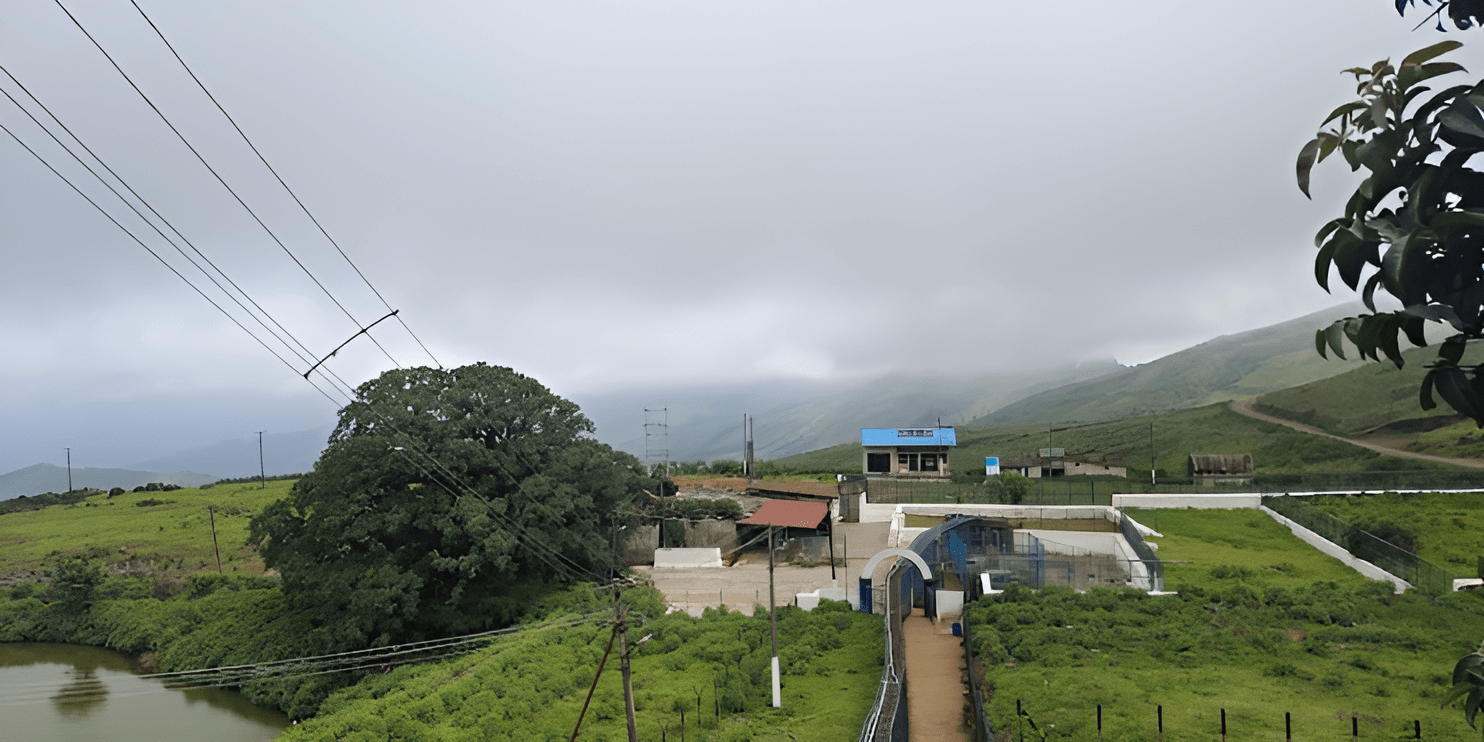
When visiting Chikmagalur during the festival season, finding the best places to stay in Chikmagalur can significantly improve your experience. Bynekaadu, nestled amidst the lush greenery of the Western Ghats, offers more than just accommodation; it provides an immersive experience that connects you with the essence of Chikmagalur festivals and natural beauty. Our resort in Chikmagalur is ideally situated to give you easy access to nearby cultural attractions in Chikmagalur, like the Hosaadi Festival and Karthika Deepotsava, and it offers a tranquil retreat after a day of exploration.
At Bynekaadu, we understand that your visit is about more than just attending Chikmagalur festivals—it’s about embracing the spirit of cultural attractions in Chikmagalur. Our personalized service, combined with the serene surroundings of coffee plantations and the sounds of nature, makes Bynekaadu one of the best resorts in Chikmagalur and the perfect base for your festival adventures. Imagine starting your day with a traditional breakfast, heading out to enjoy the vibrant local Chikmagalur festivals, and then returning to the comfort and tranquility of our resort to relax and reflect on your experiences. For those seeking the best accommodation in Chikmagalur, Bynekaadu stands out as the ideal choice to fully immerse yourself in both nature and culture.
Local Cuisine
No visit to Chikmagalur is complete without indulging in its local cuisine, especially during Chikmagalur festivals. Traditional dishes like Kadabu, Neer Dosa, and Bisi Bele Bath are must-tries, especially when unique dishes are prepared at festivals. The local eateries and food stalls offer a variety of authentic flavors that reflect the region’s culinary traditions, making them a delicious part of the cultural attractions in Chikmagalur.
Conclusion
Chikmagalur festivals are a vibrant tapestry of the region’s cultural and natural richness. Whether you’re drawn by the religious fervor, the cultural attractions in Chikmagalur, or the breathtaking landscapes, there’s something in Chikmagalur’s festival calendar for everyone. These Chikmagalur festivals offer a unique chance to immerse yourself in the local culture, enjoy traditional foods, and witness the community spirit that makes Chikmagalur such a special place.
Contact Us today to book your stay and let Bynekaadu be your gateway to Chikmagalur’s cultural wonders. Your festival adventure starts here!

